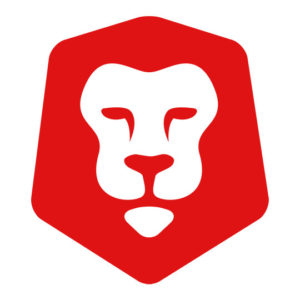How And Why To Build A Learning Ecosystem
Businesses must embrace continuous learning to stay competitive.
For employees to keep up with the tools, tech, and innovations in their field, training can’t just happen once or twice a year at event-based seminars. This outdated method simply can’t match the pace of the evolving learning demands of the modern workforce.
Instead, learning needs to be an ongoing process, something to be integrated into the fabric of company culture.
In this blog post, we’ll discuss why event-based training is not enough and how to create an ecosystem of continuous learning in your organization.
Why It Matters
Adaptability is a cardinal trait of successful and sustainable businesses.
Technology and strategy keep advancing at astounding rates. Companies need to construct resources and environments for their employees to learn and continue adapting to new challenges.
This sort of preparedness can’t be achieved at semiannual, tick-the-box-style training events. Employees forget what they learned within a few weeks, and they struggle to apply whatever they retain in any meaningful way in the long term.
Companies must incorporate training as a continuous process as a hallmark of their culture to become adaptable, sustainable learning machines.

Jason Goodman/Unsplash
Continuous Learning Ecosystem Checklist
Healthy learning ecosystems incorporate each member and function of an organization. Here are 5 things you can do to encourage learning as a continuous process.
1. Make Room For Plenty Of Relevant Learning Opportunities
- Align training materials with company goals and the employees’ educational needs.
- Learning opportunities should always be available and numerous; think online courses, internal webinars, lunch-and-learns, eBooks.
2. Research And Design Trusted Learning Resources
- Curate and deliver training content from reputable sources to ensure people have access to accurate information.
- Stay up to date and informed about the tools, software, and learning strategies of today.
3. Encourage Informal Shared Learning Discussions
- Without the stress of formal presentations, have employees talk casually about things they have recently learned.
- There’s a time and a place for meetings and slide decks, but engaged discussion breathes life into learners, encourages creativity, and gives everyone a space to share.
4. Systematize Feedback
- Track employee progress and provide well-informed feedback.
- Encourage employees to give each other constructive feedback.
- Keep an open dialogue with employees so they can share their thoughts and experiences of learning activities.
5. Be A Model For Continuous Learning
- Actions speak louder than any words, handwritten values, or training programs can.
- To establish an ecosystem of continuous learning, you must live it.
Examples Of Organizations With Continuous Learning Ecosystems
Many highly successful companies use training ecosystems to increase employee engagement, productivity, and satisfaction.
Google implemented an internal training program called “Google University.” It offers courses on everything from project management to public speaking.
Google also employs a “learning loop” system where employees take turns teaching each other new skills. Teachers give feedback to the learners, who become teachers in following sessions. Everyone is constantly engaged and learning from newfound connections within the company.
Airbnb
Airbnb has a training system called “Airbnb U,” in which employees can take courses on topics like hospitality, design, and data analysis.
They also have a functional training ecosystem based on a “70/20/20” learning model—where 70% of learning comes from on-the-job experiences, 20% from interactions with others, and only 20% from formal training courses. Employees learn the skills they need while also feeling supported by peers and managers.
Amazon
Amazon famously delivers “Amazon Web Services Academy,” a program of courses on topics like cloud computing and data security for employees.
Amazon invests heavily in developing employees’ skillsets. They encourage employees to see learning and training as growth opportunities, not only as means towards improving job performance.

Helena Lopes/Unsplash
In Summary
There are more effective ways to get employees to learn and to want to learn. And it all starts by making the perceptual shift from training as an event to learning as a continuous process.
Create the spaces and gather the resources necessary for employees to partake in meaningful learning opportunities. Systematize feedback and encourage ongoing discussions about learning. Realize that buy-in is critical for a learning ecosystem to flourish, and it must come from everyone, including you. Become a model for your company’s ecosystem and watch as everyone reaps the rewards of continuous learning.

Curious Lion Inc.
Curious Lion is not your typical learning company. We’re like a ghostwriter. You stay in the spotlight while we support you behind the scenes with brainstorming, strategy, learning design, and production.
Originally published at curiouslionlearning.com.
Stay connected with us on social media platform for instant update click here to join our Twitter, & Facebook
We are now on Telegram. Click here to join our channel (@TechiUpdate) and stay updated with the latest Technology headlines.
For all the latest Education News Click Here
For the latest news and updates, follow us on Google News.
